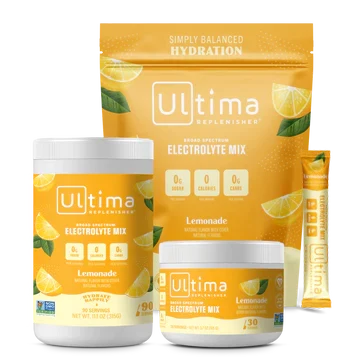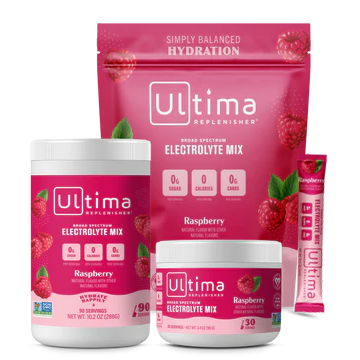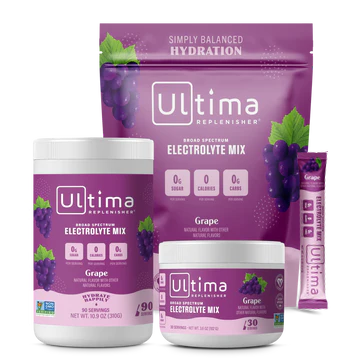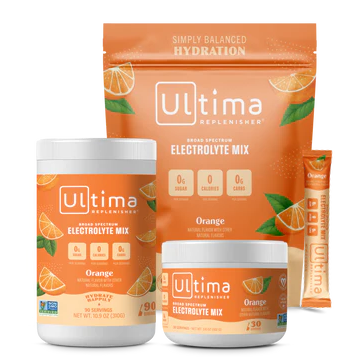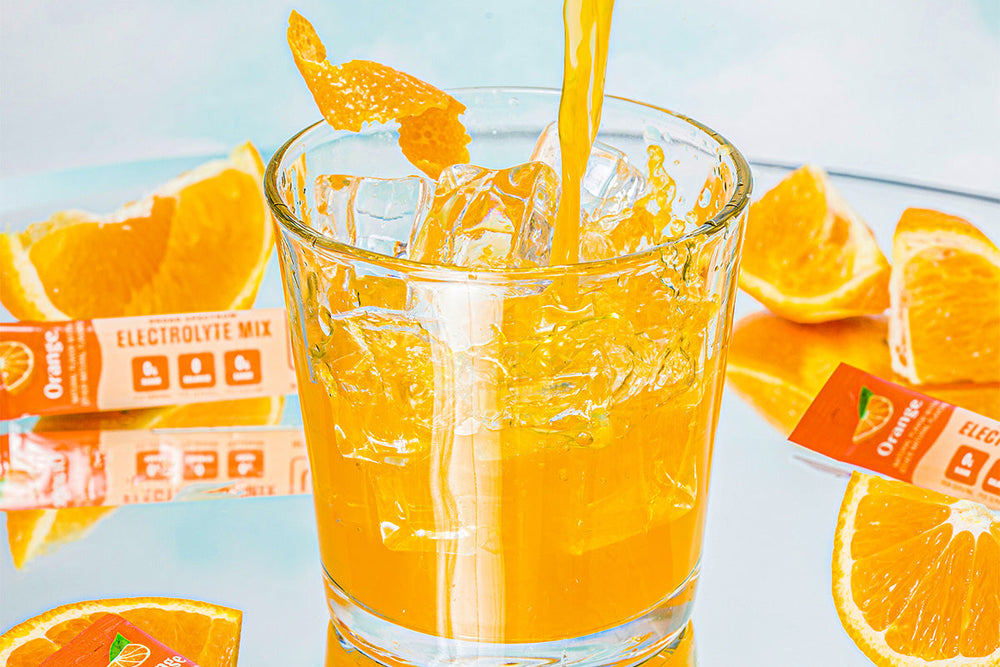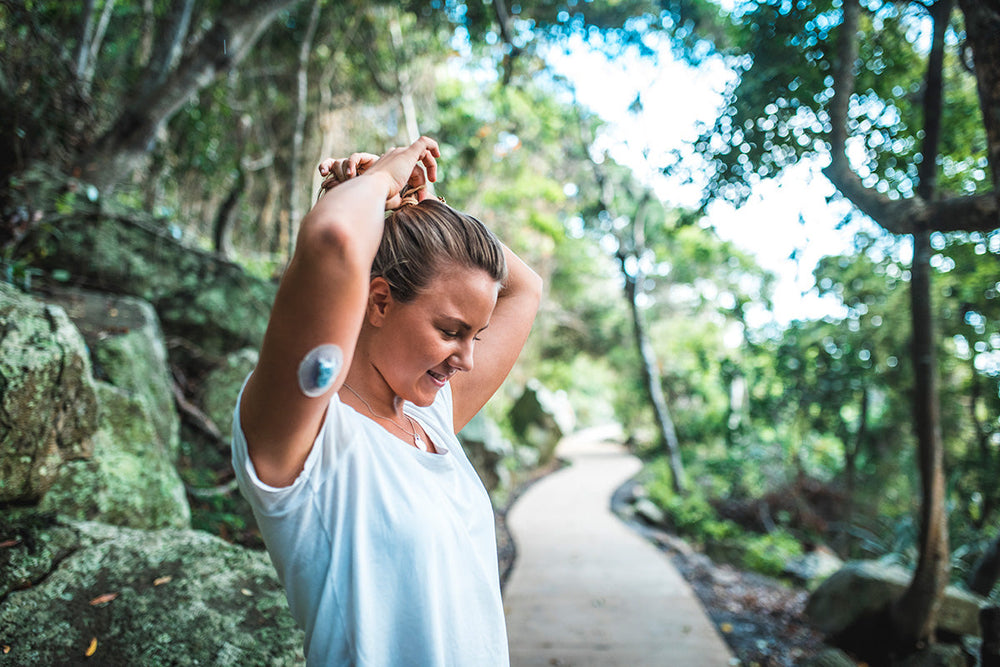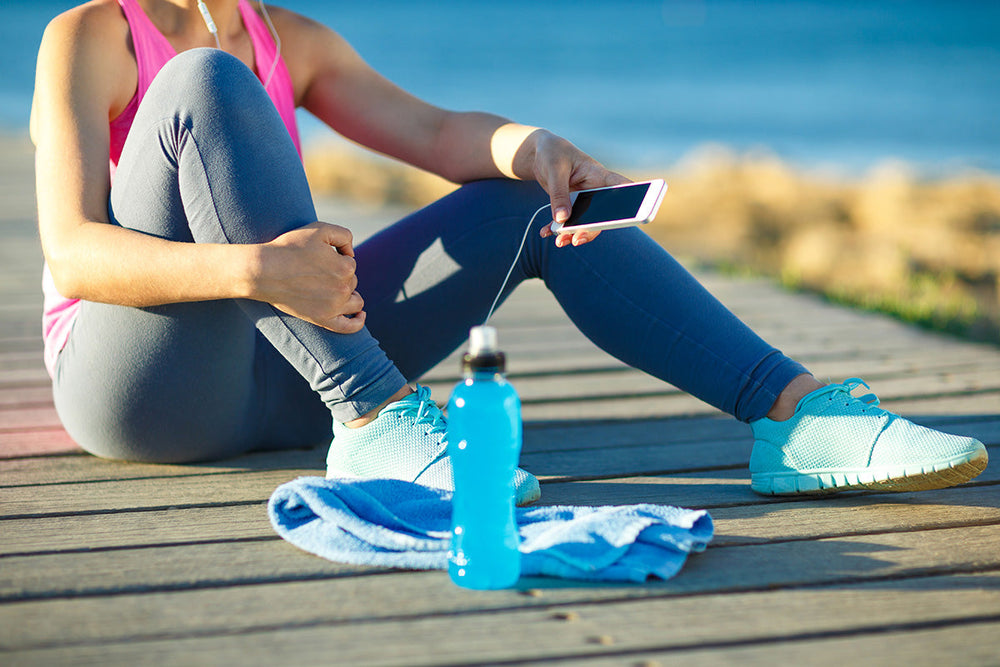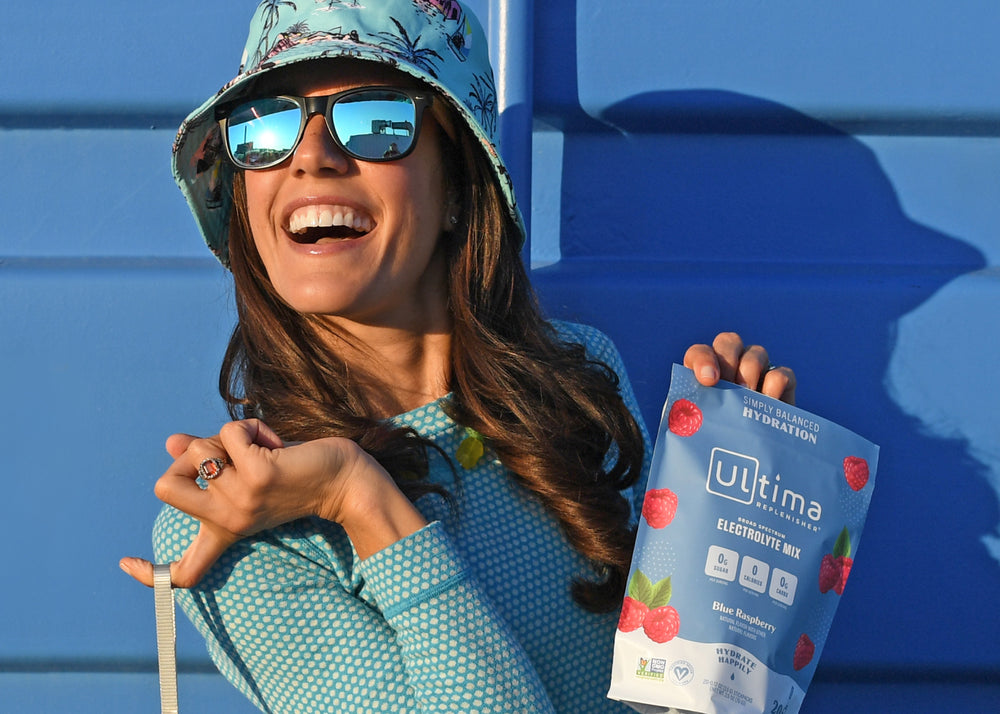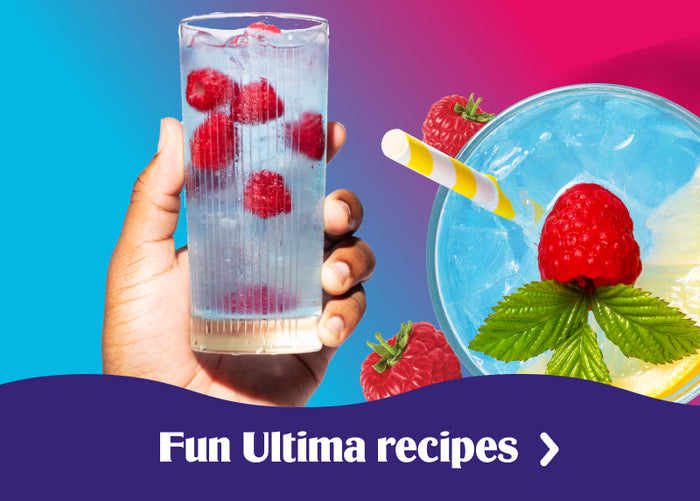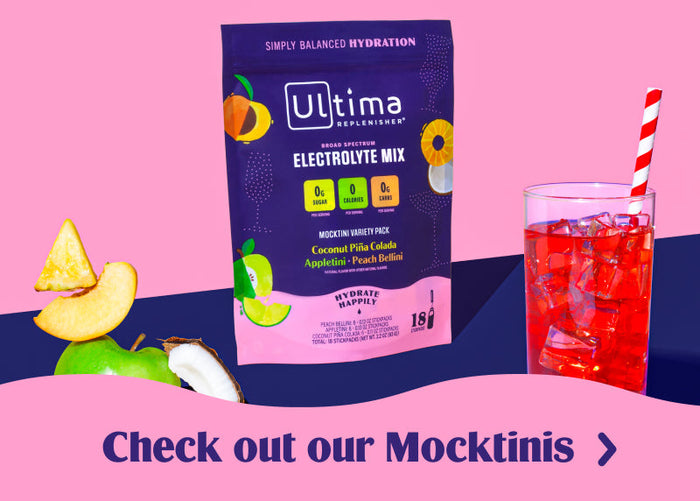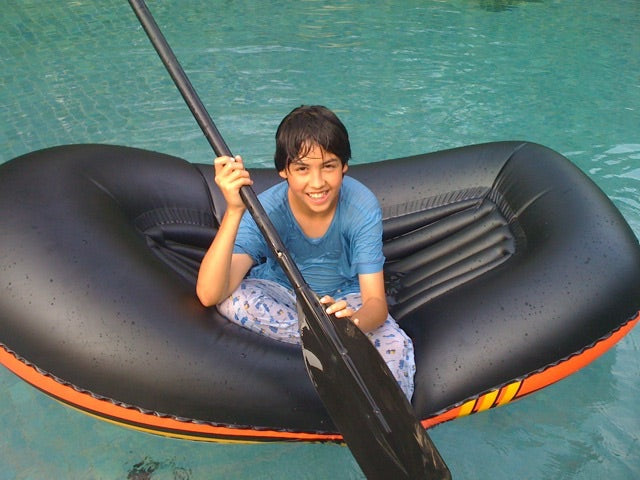
Are Your Kids Well Hydrated?
Hydration Considerations for Children
The hydration needs of children are not that different than adults. Some studies have suggested that infants and children are more susceptible to dehydration because of their smaller body weights, higher turnover of water and electrolytes and lower capacity for sweating.
However, new research shows that children’s and adolescents’ ability to regulate body temperature is similar to that of comparably fit adults exercising under the same conditions. This is good news. However, for adults supervising children exercising in the heat, the focus remains the same: prevention.
General hydration guidelines from the U.S. Institute of Medicine, suggest healthy 4- to 8-year old children need about 7.5 cups of fluid per day, while 9- to 13-year old children and 14- to 18-year-old females need about 10 cups. Males 14 to 18 years of age need about 14 cups.
Like adults, most children meet about 80 percent of their fluid needs with beverages and about 20 percent with food. Like adults, children will usually meet their hydration needs by letting thirst be their guide.
All beverages, including water, milk, juice, and other fluids, can help meet a child’s hydration needs. Being physically active can greatly increase the amount of fluids children need to drink.
Parents and caregivers need to be aware of children’s fluid intake and schedule regular fluid breaks for children playing outdoors, particularly in hot weather. Infants and toddlers are also at higher risk during hot weather.
Because severe dehydration can be life-threatening it’s also important to be aware of the signs of dehydration and act quickly to help children cool down and re-hydrate promptly. Dehydration is classified as mild, moderate, or severe, based on how much of the body’s fluid is lost or not replenished.
Moderate dehydration can increase the sense of exertion an activity requires and cause fatigue, headache, and confusion. Adults need to stay alert for children who are becoming dehydrated and help them cool down. Severe dehydration is a life-threatening emergency. If a child is experiencing any of the symptoms of severe dehydration, it is important to contact a health provider immediately. Symptoms of severe dehydration include:
- No tears
- Dry mouth and tongue
- Sunken eyes
- Grayish skin
- Sunken soft spot on infant’s head
- Decreased urination
Hyponatremia and children
Hyponatremia, a serious condition in which blood sodium levels become too low, can develop as a result of drinking excessive amounts of fluids, usually over a short period of time, in the absence of sodium supplementation. According to the American Academy of Pediatrics, this condition is rare among young athletes performing for less than four hours.
The AAP states that sports drinks can serve a purpose for children who need encouragement to drink enough liquids to stay hydrated and avoid hyponatremia and may be better than water for athletes who will be competing or practicing for more than one hour. For information on preventing exertional heat illness in children and adolescents, see the American Academy of Pediatrics Policy Statement – Climatic Heat Stress and Exercising Children and Adolescents.
Tips for Keeping Active Kids Hydrated
- Keep on top of the hydration needs of young children playing outdoors, particularly in hot weather.
- Have children drink before heading out to play and call them in frequently for beverage breaks.
- Serve beverages at cool temperatures to promote greater fluid intake.
- Remember that many foods have high water content and contribute to total fluid intake. Fruits, some vegetables, soups and even popsicles are high in water.
- Pack water bottles in backpacks and lunchboxes of kids heading off to school or other activities.
- Offer beverages that your child enjoys, such as electrolyte drinks for kids.
- Studies suggest that active children consume more fluids and stay better hydrated when the liquid is flavored. Beverages that are sweetened with caloric sweeteners or with low- and no-calorie sweeteners can be an important contributor to hydration, providing a sweet taste that encourages a child to consume more fluid. When consuming beverages sweetened with sugar and other caloric sweeteners, it’s important to remember that all calories count, including those from caloric beverages. Most nutrition experts, including the Academy of Nutrition and Dietetics, agree that all foods and beverages can fit into an active, healthy lifestyle that includes a sensible, balanced diet and regular physical activity.
The key is helping children learn to enjoy sweet-tasting foods and beverages as part of an overall sensible, balanced diet that both meets their nutritional needs and keeps total calories from all sources, including beverages, in line with their body’s energy needs.
Choosing portion sizes that are right for them, as well as including beverages sweetened with natural sweeteners, including stevia leaf, helps provide a sweet taste with calorie levels that meet individual needs.
This article was originally published on The Beverage Institute for Health & Wellness, which you can see here. To help your kids stay hydrated, try Ultima Replenisher. Ultima Replenisher is the perfect electrolyte drinks for kids who don't like water.
